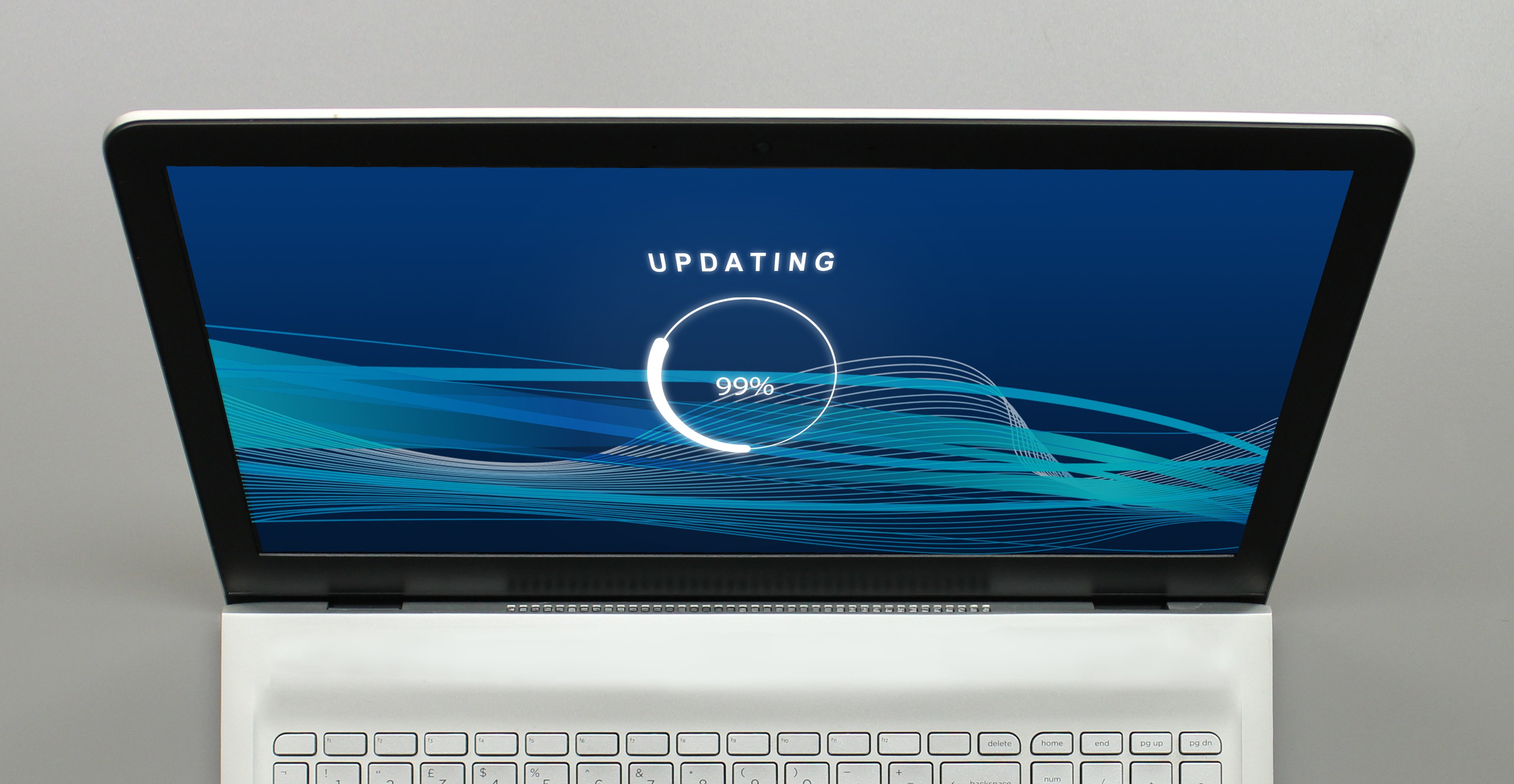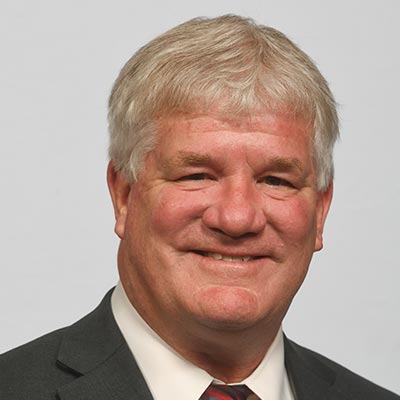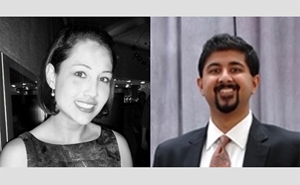
CEDR 2.0
The days of a boring Clinical Emergency Data Registry (CEDR) are coming to an end. But long live CEDR!!!
Since its creation and launch in 2015, CEDR 1.0 has (since 2015) done what it was designed and priced for. The platform allows dollars to flow to its customers, who are mainly ACEP members. CEDR has been adapted through a sequence of programs to achieve CMS compliance. It is mainly MIPS now but will probably evolve to another name and another set of hoops for physicians to jump through. CEDR has clearly been a leader in pointing CMS in the right direction for building non-punitive registries, and have some semblance of fairness to physicians, and have a reasonable cost. All of medicine would be worse off if not for ACEP.
MIPS will go away, but there will be another program that requires as much leadership as we can provide.
ACEP has taken responsibility for developing and reporting on practice standards. This has been a solid, and expensive, book of work since 2005 when the work was done with consultants who had an intolerable way of developing and promulgating standards that hurt emergency physicians, and the patients served in Emergency Departments. ACEP needs to be a leader in standards, and the newly affiliated Standards Consortium is as good a way to develop and share costs as there is. We should not shunt the ongoing commitment to developing standards onto other groups.
ACEP and CEDR have found a way to build secure links to hospitals, which serves as “the Switzerland” of repositories. Not like other companies who have used collected and compiled data to hurt hospitals. The CEDR opportunity is to keep building those neutral and safe links.
A large group of ACEP members have participated in the accomplishment of these CEDR activities to date and laid the foundation for the business of the College for years to come. Thank you for these tremendous efforts!
The College members should be very proud of the program that set fair standards for emergency medicine practice, developed the software to collect and report on the data elements, and allowed customers to collect the payments associated with high-quality care.
The original ten-year plan for the CEDR program focused first on operating effectively and safely. There is now the opportunity to use the platform in a tremendously expanded set of roles, including multi-faceted research, grant opportunities, and commercial applications. To date, CEDR was not designed for research, and not attractive to data buyers. But with the wonderful curation of the original 25 million ED visit data, the opportunities are set. Remember, the almost 6,000 ED’s in the US serve about 160 million patients a year, provide the greatest insight into American health needs, especially time-sensitive medical issues. Data provides insight, and planning opportunities, and responsibility for care in pandemics and beyond.
To start that journey, ACEP staff members have pulled together some data for specific grant programs, particularly with Federal government agencies desperate for nationwide sources of clean data. There are countless opportunities ahead. This would suggest that big data needs to become core to ACEP’s mission and that we will find big partners to support that mission.
ACEP leaders have recognized the need for new partners. The Board appointed a Second Source Task Force (SSTF) to look for industry leaders to expedite program growth. That Task Force looked at other specialties that have had wonderful success with registries and big data and offered insight into the pathways that emergency medicine could follow. Despite the delays related to a pandemic, has had the opportunity to write a blueprint for CEDR 2.0.
So CEDR 2.0 is evolving as an ongoing registry serving emergency medicine. But that future must extend beyond the doors of the ED. Just like emergency physicians who are now leaders in expansive roles out into the community and in public health, the registry will provide insight into the unscheduled care needs of the population and the opportunities for prevention and rapid action.
The evolution of CEDR 2.0 will also create a need for a new group of ACEP members dedicated to data development, analysis, and utilization. ACEP leaders are even mulling the idea of branding the Next Generation Platform as the ACEP Data Institute.
The CEDR leadership committee will be “hands-on” and very active in overseeing the architecture, security, and architecture of all the activities of CEDR 2.0. There will be an Operations group that can work with Bill Malcom and others in designing the data security, collection, and reporting process. There will need to be an extremely active Research and Publications group responsible for making productive use of data for a broad range of purposes. There will be a Data Design and Verification group that continuously tests the data coming from the system and designate new data points. There will be an Education group teaching both clinicians and researchers how to access and use the data. There will be a Government Relations group that will cultivate relations with CMS, and design positive implications for whatever reimbursement program is in place.
This is the opportunity for all interested ACEP members to be active in making CEDR 2.0 a success in practice and business.
Author(s)

Jim Augustine, MD, FACEP
National Director Prehospital Strategy, Chairman, CEDR Source Section Taskforce

 American College of Emergency Physicians
American College of Emergency Physicians

